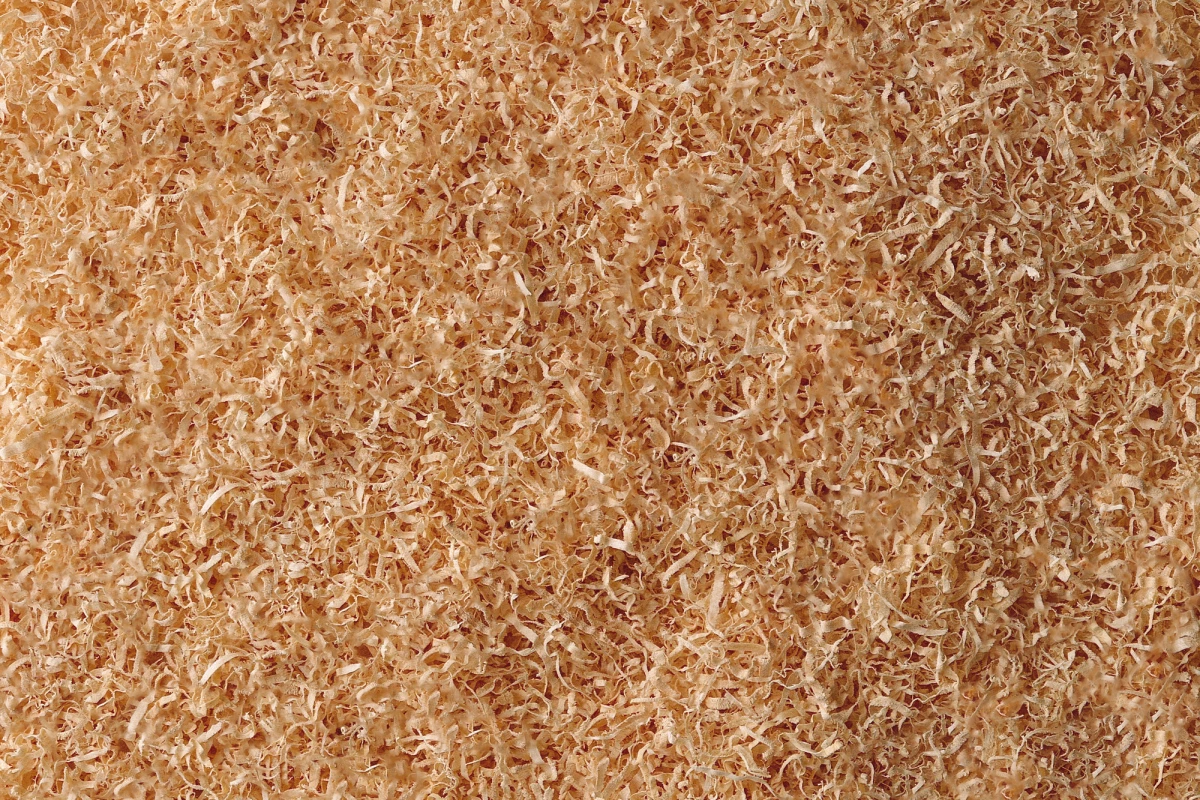Motivated by our growing problem with plastics, which are environmentally damaging both to produce and after they're disposed of, scientists are tinkering away with more eco-friendly forms of the material. Researchers at Yale University have put forward a candidate that ticks a number of important boxes, developing a new bioplastic with high strength but an ability to degrade entirely in the space of three months.
The pursuit of more environmentally friendly bioplastics has seen scientists turn to all sorts of biomass as their starting point. These possibilities include egg shells, plants and even tequila waste, and all invariably raise the prospect of a material that is not only greener to produce, but doesn't take centuries to break down like conventional petroleum-based plastics do.
The team at Yale began with a wood powder that is a typical waste product at lumber mills, and used a biodegradable solvent to reduce it to a slurry of organic polymers and cellulose with hydrogen bonding and entanglement at a nanoscale level. This slurry was then able to be cast as a bioplastic, which the team put to the test against conventional plastics.
The experiments involved burying sheets of the bioplastic in soil, where they became fractured after two weeks and degraded completely in three months. The bioplastic also exhibited high mechanical strength, stability when made to hold liquids, and resistance to UV light.
“There are many people who have tried to develop these kinds of polymers in plastic, but the mechanical strands are not good enough to replace the plastics we currently use, which are made mostly from fossil fuels,” says co-author Yuan Yao. “We’ve developed a straightforward and simple manufacturing process that generates biomass-based plastics from wood, but also plastic that delivers good mechanical properties as well.”
In addition to degrading at a rapid rate, the bioplastic can also be returned to its original slurry form, which allows the solvent to be recovered and reused.
“That, to me, is what really makes this plastic good: It can all be recycled or biodegraded,” says Yao. “We’ve minimized all of the materials and the waste going into nature.”
The team imagines a number of uses for this new bioplastic, such as molding it into a film for bags and packaging, or even into products for use in construction and automotive manufacturing.
The research was published in the journal Nature Sustainability.
Source: Yale University




